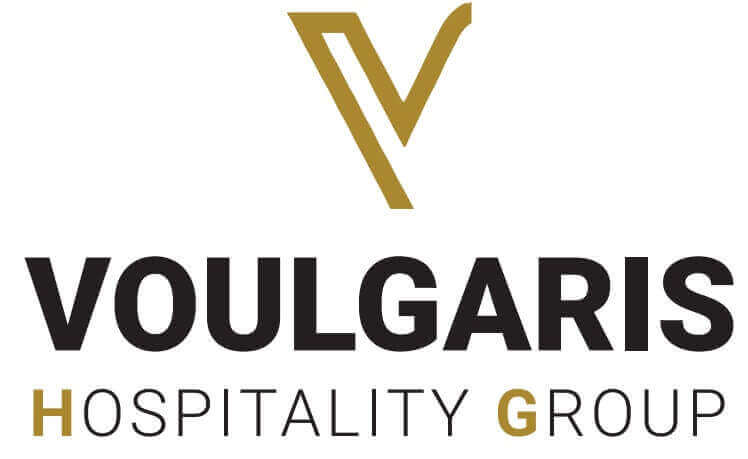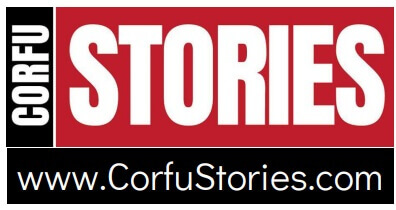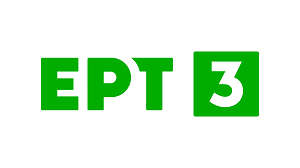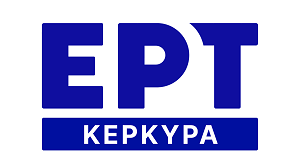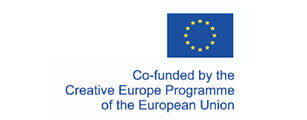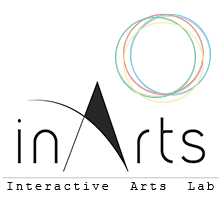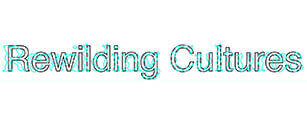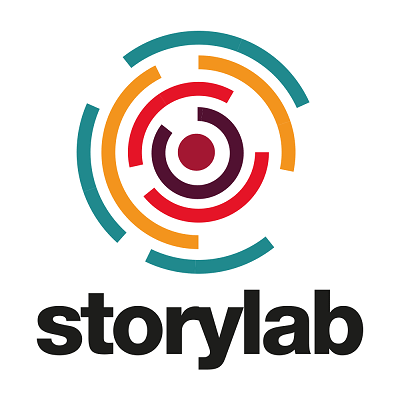Summary
The research concerned the mapping study of an interactive experimental VR installation, through the use of genetic art and life sciences, starting from different starting points, negotiate the interaction among them. (Stanley, 2018; Manovich, 2001; Pearson, 2011). The experimentation was held in "Nikos Kessanlis" Hall of ASFA (July, 2022). During the process each viewer traced a route on a map unconcerned. The walking maps projected on wall, to evaluate possible outcomes gathering collected data by the researchers. Their interpretation and qualitative analysis associated with walk in virtual environments, which simulate bioscientific phenomena (Yamada-Rice, 2018).
Objective
A subjective mapping as a tool for understanding and critical thinking on biosciences and life technologies (Benson, 2014, Tsing, 2017, Tratnik, 2019).
Theoretical framework
According to Pearson (2011), generative art is not about building, but participating in a process of development. As a flower or a tree grows, instead its seeds are reasoning and electronic systems, rather than soil and water. Generative art is presented as the creation of the organic through the use of the mechanical.
Generative art refers to any art practice where the artist creates a process, such as a set of natural language rules, a computer program, a machine, or other procedural invention, which is then set into motion with some degree of autonomy contributing to or resulting in a completed work of art(Galanter, 2003).
Method/ Materials
Walking-In-Place (WIP) technique as a navigation method.
VR glasses, Projector, EIZO HELLAS screens (Sponsorship)
Discussion
These walking maps consisted of a projection line, drawn onto black piece of wall in such way as to present the shapes and paths the viewers took as they moved around the exhibition space of the installation. Ingold (2007) in “Lines. A brief history” argues for a focus on lines, due to their dynamic to illuminate human experience. The process of making the walking maps involved tracking their hands movements, resulting by their interpretation of this performative experience.
“As walking, talking and gesticulating creatures, human beings generate lines wherever we go. It is not just that line-making is ubiquitous as the use of the voice, hands and feet – respectively in speaking, gesturing and moving around – but rather that it subsumes all these aspects of everyday human activity and, in doing so, brings them together into a single field of inquiry.” (Ingold, 2007, p.1)
About the Artwork
In microbiology using the term growth when referring to proliferation of microbial cells, an essential functional characteristic directly connected to the finite life time on Earth. The initiative phase of the project life cycle consists of three visual representations of bacterial cultures in digital space. The growth pattern of the bacterial cultures is aligned with an imaginary art form. In first case the microorganisms perceived as white dots and formed a cycle (birth). Then the circle is reshaped into a diagonal form surrounding three focal points (growth). Finally a third, more elaborate form emerged (death), covering speed of execution at a very high level. In any case, growths of bacterial cultures differ, thus composing an environmental dynamic structure. The second phase of the project is where an interactive VR installation happens. Virtual reality viewer is placed inside an imaginary sphere, it looks like a cell membrane, where walking around. During birth and growth phases (30 sec) the light and audio signal intensities, bacteria population digitally- enabled coordination. Overall the viewer observes a gradual increase in the virtual microorganisms over the time. In between phase (60 min) is what turns growth of microorganisms into a “frozen state”. Signaling cell oscillations, as periodic variations continue. The viewer becomes completely free to move randomly anywhere he wants. He may interact with bacteria through his hands, repelling or directing them, form different types of aggregations. His walking route creates a map around the desired area, draw his own route. The latter is projected on the wall, looks like a huge diagram. The starting point is given due to viewer’s position in exhibition room. The drawing line, the shape trail and the dimensions of each map depends on walked trajectories. In the last phase, that is death (30 sec), viewer – bacteria interaction is decreased. The size of bacterial culture is reduced; one by one microorganism disappeared over the horizon till silence.
Exhibition/experimentation photos
References
Benson Etienne. 2014. Environment between System and Nature: Alan Sonfist and the Art of
the Cybernetic Environment communication. Vol. 3, Article 2.
https://scholarworks.umass.edu/cpo/vol3/iss1/2
Ingold, T. (2007) Lines. A Brief History. Routledge: London.
Galanter, P. (2003, January). What is generative art? Complexity theory as a context for art
theory. [Paper presentation].GA2003, 6th Generative Art Conference. Milan, Italy.
http://www.philipgalanter.com/downloads/ga2003_paper.pdf
Manovich, L. (2001). What is new media? The language of new media. Cambridge, MIT
Press.
Pearson, M. (2011). Generative art, a practical guide using processing. Manning
Publications.
Stanley O. Kenneth. 2018. Art in the Sciences of the Artificial. MIT Press, Leonardo Volume
51, Issue 2, p. 165-172.
Tratnik, Polona. (2019). Aesthetics of Art and Life Sciences: Collaborations and Resistance.
Journal of Art and Media Studies. http://dx.doi.org/10.25038/am.v0i20.329
Tsing, A., Swanson, H., Gan, E., & Bubandt, N. (Eds.). (2017). Arts of Living on a
Damaged Planet: Ghosts and Monsters of the Anthropocene. University of
Minnesota Press. http://www.jstor.org/stable/10.5749/j.ctt1qft070
Yamada-Rice, D. (2018) Licking Planets and Stomping on Buildings: children’s interactions
with curated spaces in virtual reality, Children’s Geographies 16 (5 ): 529-538.
Angela Fragkou is an artist, organic chemist and PhD candidate. Her approach to individual artistic activity can be described mainly with the term “experimentation”. She uses real scientific methodologies and experimental processes arrived from bio sciences, as a solid ground for her artistic work where real data, invented parameters, ecological issues and societal values, are forced to collaboration in the alternate story of a sustainable future. Have participated in many scientific European research projects as a research fellow, giving lectures on interdisciplinary issues and attend many conferences. Exhibitions, workshops, publications, and collaborative projects are among her recent activities.
Thanos Makris is a game developer from Greece. His work sits at the intersection of video games and the humanities, while he has taken part in a variety of projects that challenge the traditional boundaries of interactive media, with a specific focus on leveraging games as a tool to explore innovative approaches to the arts. He holds a MA in Digital Humanities from King’s College London and a BA in Literature from the University of Patras.
Back
